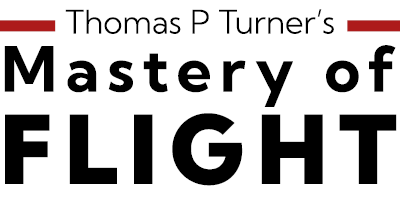You’re flying to Oshkosh! We’ve been discussing what you can do to ensure a safe AirVenture arrival. Here’s another tip: don’t go it alone.
Safety in Numbers
Four eyes are better than two… …and six eyes are better than four, etc. You’ll have a blast flying into AirVenture, but you may have your hands full, too. There’s basic aircraft control, and unusual, one-way radio procedures, and the hustle of fitting into the high-density flow on the busiest days before and during the show. It makes your flight far, far safer…and a lot more fun…if you take along at least one observer to help you look outside the airplane.
Passenger Training
Train your passenger to be an observer (especially if he or she is not a pilot). Teach what to look for, and how to communicate with you. Before you take off for Oshkosh review some basics, such as:
- The “o’clock” system of identifying an airplane’s position relative to your own (“12 o’clock high”, etc.).
- If safely possible, what a typical general aviation airplane looks like at a distance of one mile and half a mile (but don’t get any closer—that approaches a “formation flight”).
- Rules of thumb like “Cessnas have high wings, Pipers have low wings, a biplane has two wings,” etc. Keep it very basic—the Oshkosh arrival controllers will, so prepare your observer for what he/she should expect, and can handle (if not experienced in light airplanes).
- How to help find charts, parts of the arrival NOTAM, etc. that you may need.
- The navigation procedure inbound on the visual arrival path, to help orient you passenger.
- How to help you, with short, firm phrases like “I see the traffic, three o’clock level”, “you’re left of the arrival course”, “your landing gear is not down”, “you’re 10 knots slow”—whatever you can work out with your observer beforehand.
You might even make up a one-page “observer guide”, with pictures and phrases that apply to your flight, to take along for the arrival portion of your flight.
The observer’s primary mission is traffic avoidance. It’s easy to get caught up in the excitement and forget that basic mission, so it’ll take some briefing-instilled discipline to make this happen. Remember also that you may have observers along to help, but you’re still wholly responsible as pilot-in-command.
FLYING LESSONS:
Take a trained observer along to help you spot traffic and landmarks for a safe AirVenture arrival.

